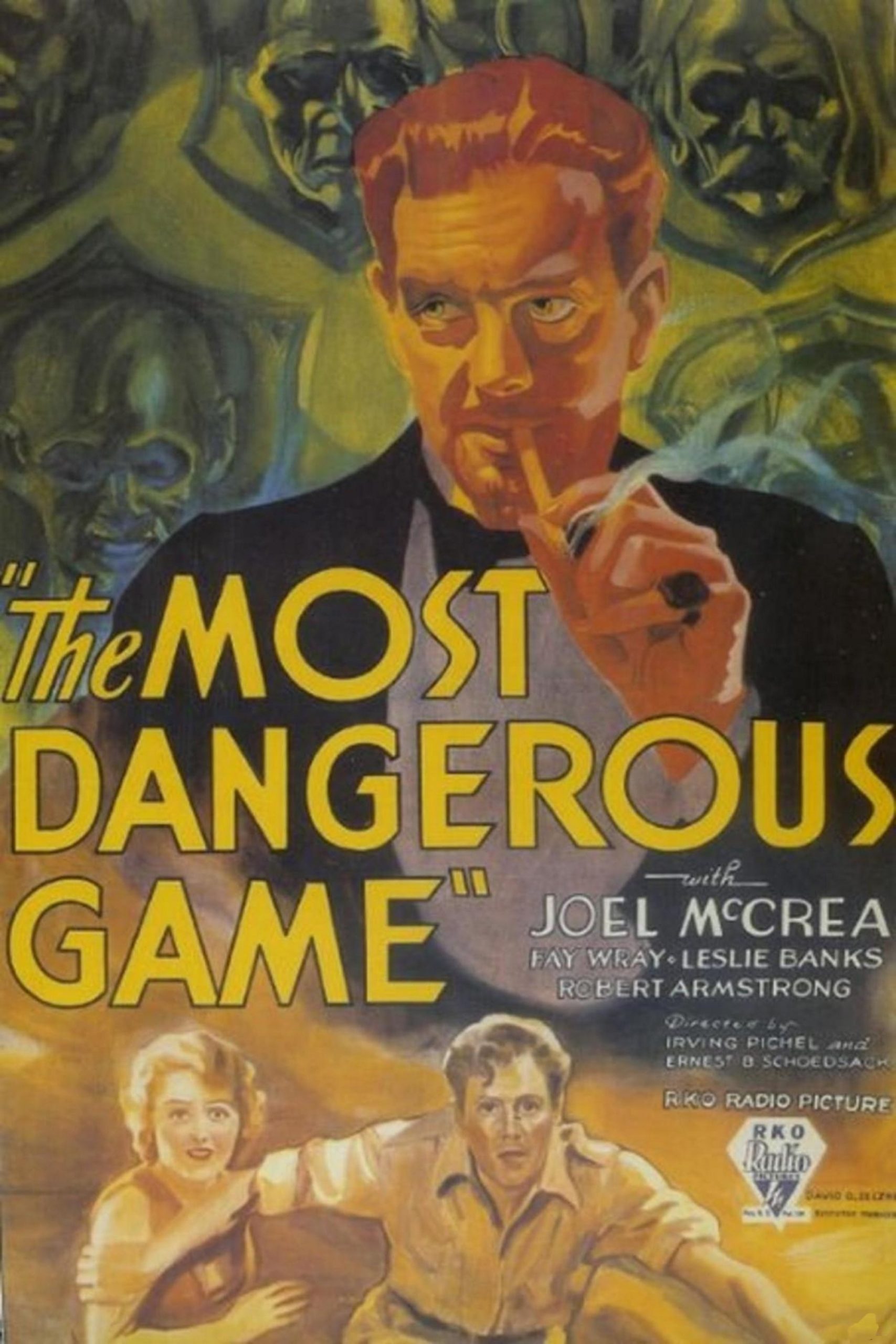
Irving Pichel, Ernest B. Schoedsack –
THE MOST DANGEROUS GAME
 – A film that hides a certain experimental taste.
– A film that hides a certain experimental taste.

- The narrative structure.
- Third act and its experimental tone.
- The social allegory.

- A very brief film that at times gives the sensation of running relentlessly towards the end, while at times one would feel the need for a little breather to focus on the components, especially the less obvious ones.
JUST A FEW WORDS (RIGHT AFTER THE VIEWING):
The Most Dangerous Game is a 1932 film that develops following a rather interesting and in some ways experimental narrative thread for the period in which the film was produced.
In fact, it begins by making you believe that the environment in which you are confined in the course of the film is that of a ship, but the inciting incident (an actual accident) forces it to take a completely different tide.
On the cross over between the second and third act, the writing (and the direction) focuses on that trait that we defined in some ways “experimental”: a “human” hunt played on silences, escape, movements, absence of dialogues and a rather evident social allegory that lurks in a thematic shift that depicts the chilling state of the human condition (including the psychological one) in a world (overseas) which was witnessing the inexorable grasp of power by the Nazi party.
The Most Dangerous Game is a brief film (1 hour and 3 minutes) and we recommend it not only for the social / psychological insight it offers, but also for a snapshot of the state of the art of cinema of that period.
What do you think of this film? Please leave a comment below and let us know if you agree with us or not!
To read more of these film “pills”, please visit our dedicated section.
Or, if you’re after a more-in-depth look at some films and/or filmmaking techniques more than just a few words, please have a look at our Film Analysis page.
GENERAL INFO:
 7.2
7.2
Photos
See all photos >>






